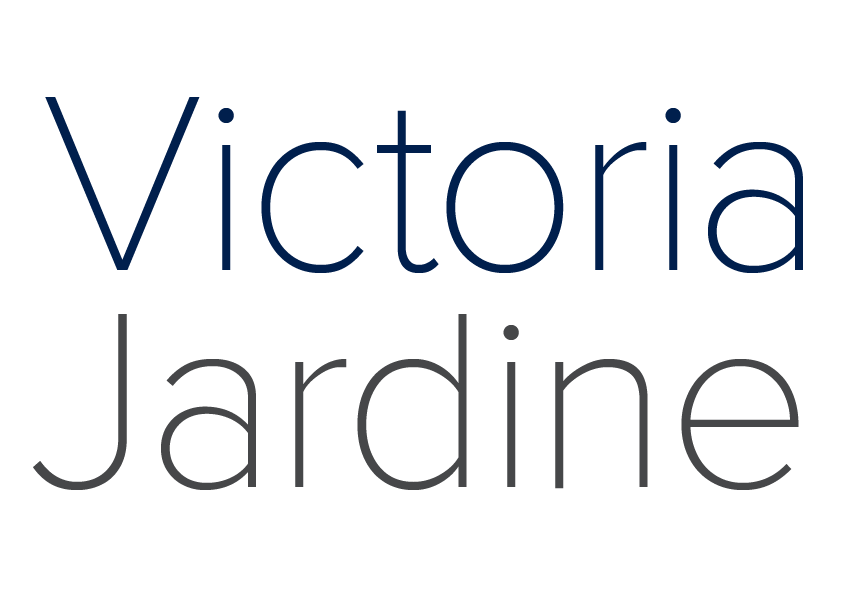Contemporary Ceramics have a wonderful Blogspot which has been asking Ceramicists to talk about how they arrived at a career in Ceramics. For those of you who missed it, here is my entry below, together with a link to their blog which is well worth a read.
It's hard to avoid being sentimental when writing about how I found Ceramics, and the world of talented people and beautiful objects I have had the good fortune to inhabit since.
In my last year at school a wonderful teacher first opened the door for me. There were no artists in my family, only engineers; under gentle pressure I had accepted that a career in architecture was the thing for me. That would have been that were it not for Mr. Galloway, my Art teacher. A fantastic teacher and very much a rebel. He saw something in me that I hadn't yet understood about myself. One afternoon he mentioned that he was visiting the Art College and wondered if I'd like to come and have a look around. Oh ...and why not bring my portfolio as he was sure they'd love to see my work. Unbeknownst to me, he had set up an interview and, of course, I loved that place from the moment I walked in. Years later I went back and just the smell of the place made me cry.
That years Foundation at Cheltenham Art College was such a joy. The luxury of having the time and space to make and draw things all day, every day changed my world. James Campbell was teaching Ceramics there then. His beautiful and expressive work, love of hand building and gentle but persuasive teaching style were everything I needed and it was not long before the Ceramics department became my home.
Two other encounters had a huge influence on me at that time. The first was at the Cheltenham Museum, where, among a dusty collection of miscellaneous objects there was a Roman grain storage pot. Though horribly smashed, glued together and wearing a large hole, this pot mesmerized me. It was perfect. I drew it over and over again, hoping my pencil marks could unlock its secrets of balance, proportion, weightlessness and subtlety of curve.
My second encounter was in a new gallery that had opened in Cheltenham, The Montpellier Gallery. Peter had a passion for Ceramics and regularly showed pieces by Tim Andrews. There was something impossibly beautiful about Tim's work. The scale and exquisite surfaces marked a standard to aspire to, albeit one that seemed utterly unattainable: the embodiment of possibility. Years later the Montpellier Gallery became the first Gallery to show my work and over the years since I have been immensely grateful to Peter for his continued loyalty.
Being young I bent to the will of my parents and, despite reservations, did my degree in Architecture after all. Largely I enjoyed it but my love of Ceramics was too great and I found a space in a small studio as soon as I had finished. Two things stayed with me from that training though. Firstly, the aesthetic of the architectural drawing and a love of the qualities of black line. Secondly, a training where function sat unapologetically at the centre of our design work. Purpose and purposefulness of object, intention and intentionality of maker as I like to talk about it now.
After a teacher training and a few years working as Head of Ceramics in a secondary school I suffered a crisis of faith. The world of the children I was teaching and the world of Studio Ceramics seemed such very different places. I feared that making handmade pots might be a purely self-indulgent and elitist activity in a world already so full of things. A Theory / Practice Masters at the John Cass School of Art under the guidance of Chris Smith allowed me the opportunity to wrestle with this dilemma. My research, 'Finding a Home', was an exploration of Western ideas, a cultural excavation that enabled me to identify and carve out a space where my work could become meaningful in my world. With that I returned to studio practice and managed to rent a corner in Archway Ceramics, a wonderful group studio in East London.
I cannot underestimate the importance of my years at Archway Ceramics. I learned more there about the business of making pots than any formal training could have given me. Daniel Smith's outstanding skill and purity of form, Jacqui Ramrayka's bold shapes and stunning glazes, Alice Mara's personal and witty imagery, Kirsty Adams' soft edges and expressive mark making and Mo Jupp's flagrant disregard for accepted technical norms. I learned not just how to make things better but how to become a Ceramicist. We did many memorable shows together.
Finally, in 2014 the needs of young children took me away from London to a rural life in Dorset and a new start. With it, I think, has come the opportunity, once again, to shake up my thinking. A lightening of spirit that comes from country living has allowed a bit more colour to creep into my life and into my work and I'm excited about the new possibilities this has begun to throw up.
http://cpaceramics.com/ccc/blog







































